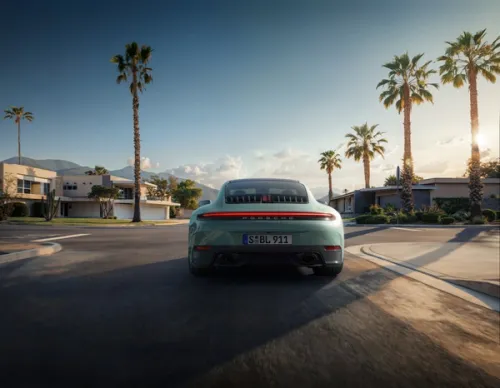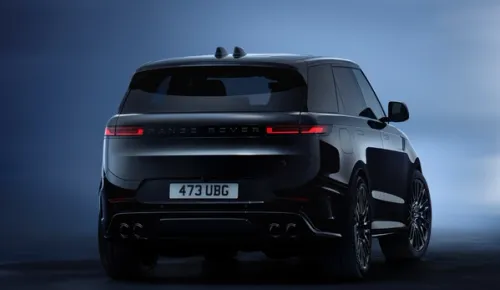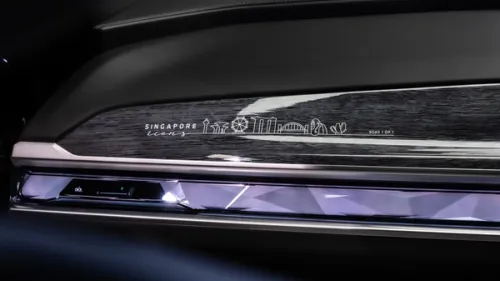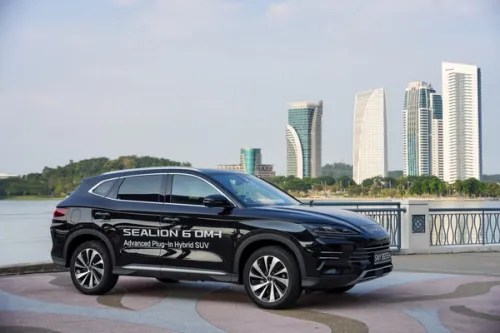Kombi Party - Volkswagen Golf Variant R-Line 1.4 TSI vs Opel Astra Sports Tourer 1.4 Turbo
There are sedans, crossovers, SUVs, MPVs and the odd coupe. Then there are station wagons. This is the make-up of the general car population in Singapore. Most of us would think the direction of the SUV or MPV when we think utility. Then, there are some of us who want utility without in-laws, and car-like handling.


There are sedans, crossovers, SUVs, MPVs and the odd coupe. Then there are station wagons.
Most of us would think the direction of the SUV or MPV when we think utility. Then, there are some of us who want utility without in-laws, and car-like handling.
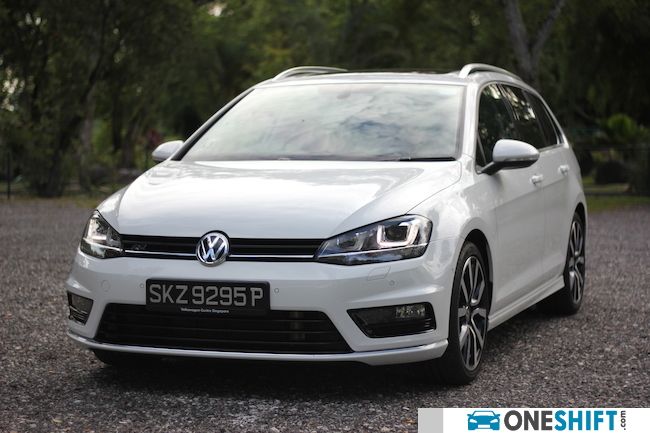
SUVs tend to offer pretty decent space, but handling tends to take a backseat, with tofu-like characteristics, and bouncy castle ride. MPVs on the other hand offer the option of the third row, but this may be seen as a red flag to some, as it would mean the in-laws hopping on for the ride, or you become the driver of the “happy clappy bus” during your lunch hour with colleagues.
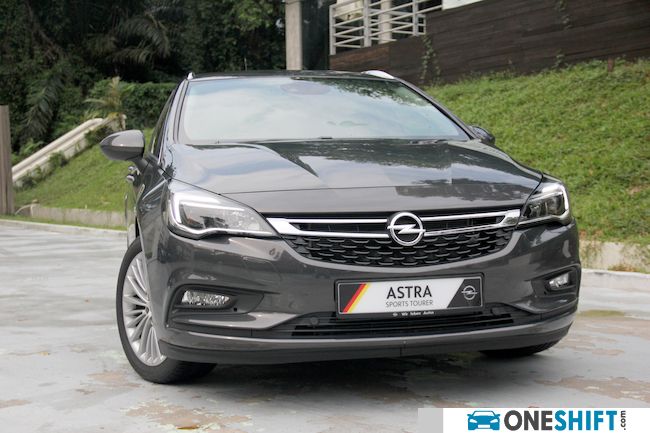
The humble station wagon has come a long way, from being somewhat the car which parallels the base trim sedan of the same model, to something seen as a little left field, but also quite sought after.
Trim levels have gone up, and so has performance, with suspensions which are similar to their sedan counterparts.
We recently tested two compact station wagons, the iconic Volkswagen Golf Variant R-Line 1.4TSI, and the Opel Astra Sports Tourer 1.4 Turbo.
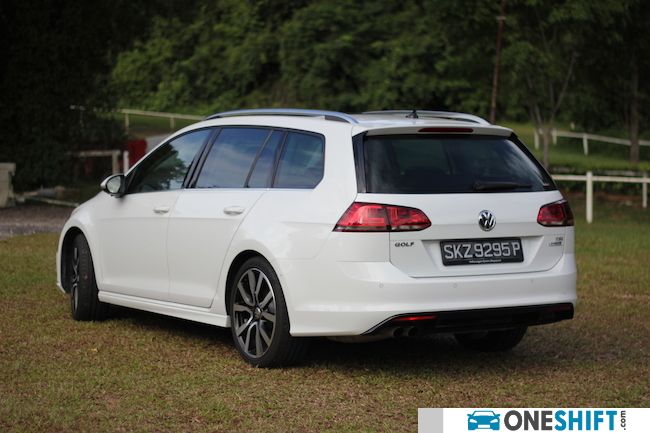
Both cars are German. And that’s about all that is similar.
The Astra’s 1.4 turbocharged engine produces 147bhp@4,900rpm and 245Nm of torque at 2,000rpm. Versus the Golf, which produces 123bhp@5,000rpm and 200Nm of torque at a more usable 1,400rpm; meaning that the Golf would be a little less laggy, when starting off from the lights. This would also mean that both cars, although with the same engine capacity would see the VW sitting in the Cat A COE band, while the more powerful Opel would sit in the Cat B COE band.
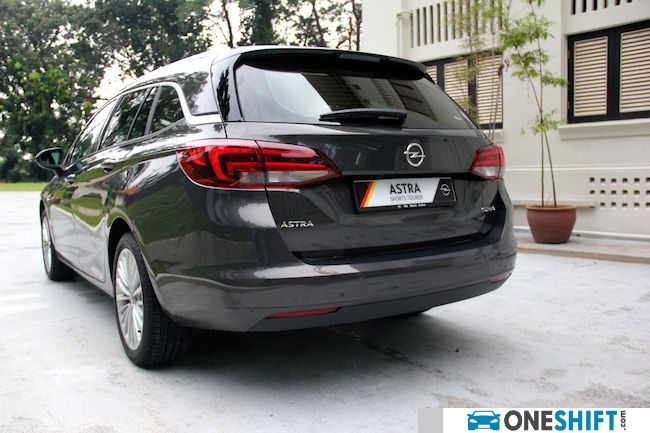
Both cars do pack plenty of punch, the Golf benefits from VW’s famous DSG with 7-speed transmission, which provides near-seamless gear changes and when pushed harder gives off a satisfying DSG “fart”. The Astra on the other hand makes do with a more conventional six-speed automatic, although power delivery is still smooth.
The longer turbo lag on the Astra would mean that the car takes off a little more slowly than the Golf at the lights, but makes up for the lag with more torque and more power. When in doubt, add more torque and power they say.
Century sprint timings are near identical for both cars, with the Astra posting 9.4 seconds, and the Golf with just a difference 0.1 seconds more. Fuel figures are rather close, with the Golf managing 19.2km/L combined, while the Astra tops it with 20.0km/L.
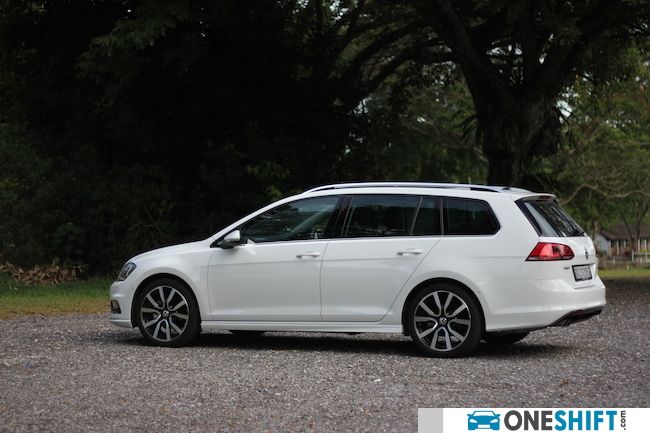
The current Astra has shredded some weight, compared to the previous car, and it is really a joy to flick around the corners. You will experience just a little bit of wobble at times, but the 17” wheels stay well-planted on the twisty bits, the higher torque allows for satisfying acceleration out of corners, without noticeable understeer in most cases.

The Golf too doesn’t fail to impress. The R-Line trim means that you get 18” rims. They do look flashy compared to the Opel’s. Ride quality though is compromised, as you will experience some judder when going over very rough roads. Road noise is also noticeably louder, especially when braking. Somehow, with the added rear bias, the Golf seems to feel just slightly more composed than its hatch sibling when taking the car around the bends.
While both cars have selectable drive modes, the VW capitalises on its quick-shifting DSG transmission with the addition of very discreetly placed gearshift pedals behind the steering wheel, for faster manually-selected down and upshifts.
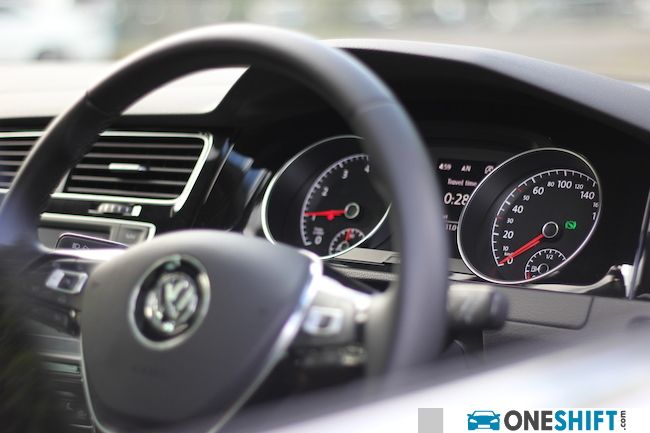
The Golf comes equipped with a panoramic sunroof which has enough glass for rear passengers to peer out from, adding to a better-lit cabin when needed. We drove our test car mostly with the fabric screen retracted.
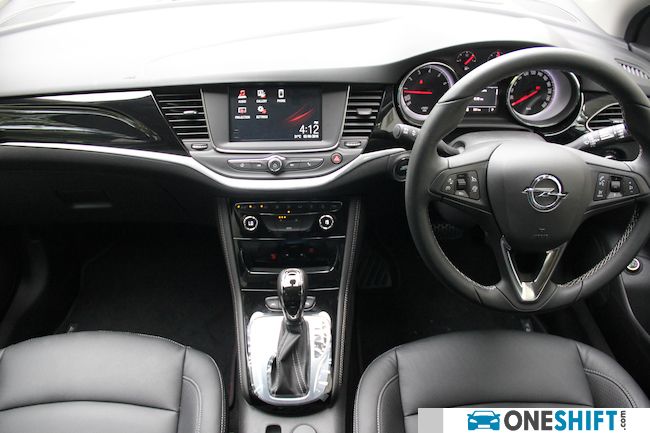
The VW sports more angular sculpting, similar to the hatch. The rear window follows through with the angular shapes that form the car, while the rear tail lamps wrap around just slightly to create some parallel symmetry at the D-pillar. A pinch in the sheet metal spans across the side of the car, creating a break in form. In the tradition of the Golf hatch, the rear badge forms the boot handle and release.
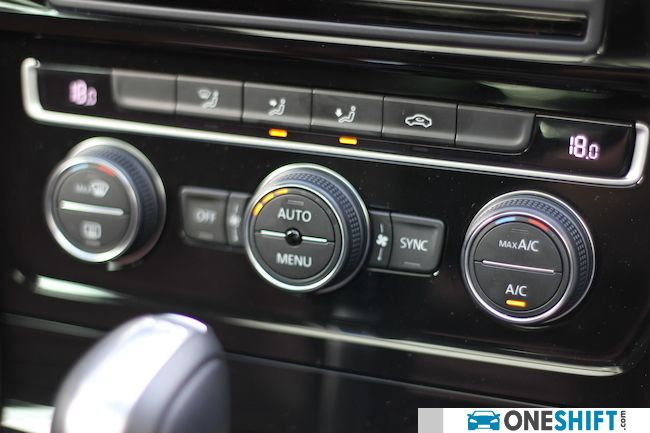
The Opel on the other hand has adopted a more fluid approach to its styling exercise. With less pronounced lines, there is a long chrome strip which frames the upper part of both windows and ends with the base of the D-pillar. With a more bulbous-looking design, one can assume that the Astra is the bigger car, and it is, with a length of 4702mm, topping the Golf by 140mm. Wheelbase is 2,662 and 2,635 for the Astra and the Golf respectively.
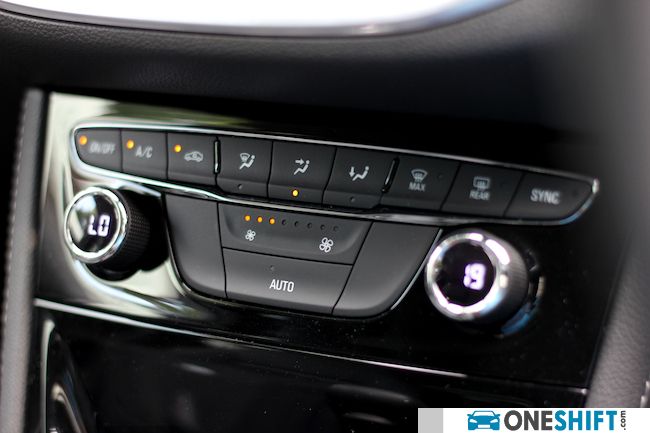
Dashboard quality for both the VW and the Opel are very close, the Opel features a more pretty-sculpted dash, with a chrome bar that spans across and visually propping up the touchscreen and switches. Sadly, the GM switchgear does cheapen the overall look and feel. The VW dash, as with their other cars tends to come across as more slab-like in appearance; fortunately it comes accented with chrome trim to help break the monotony.
Steering wheel controls are German-logical for both cars, with easy to learn and use functions. Cruise, volume, audio controls and car settings are very easily accessed from the buttons and located on the left and right-side spokes.
Rear passengers in the Golf can be thankful that they do get air-conditioning vents, located in the back of the central console, while in the Astra you get none.
Boot space is the draw here. The utility provided by both cars would be a welcome feature for any family. With 605 litres of utility, the Golf comfortably edges over the Astra’s 540 litres. The difference of 65 litres would come in handy when you begin plying the bikes, baby strollers and Golf bags into the car. In addition to that, the VW comes with a two-stage opening tonneau cover. Boot sills are flat for both cars, making loading and unloading the compact estates easy.
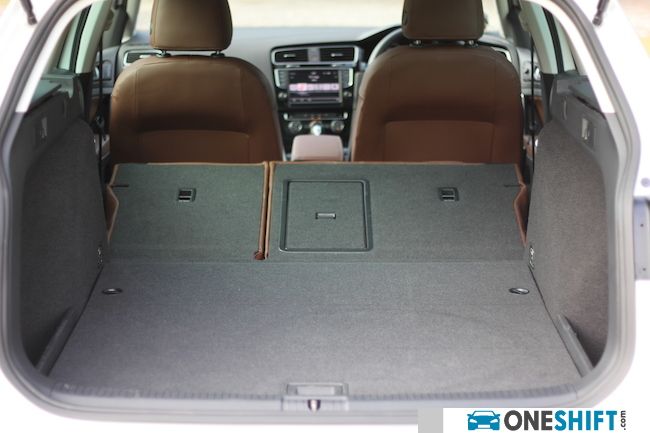
About the boot, the Astra comes equipped with an automated boot lid, which can also be operated by waving your foot below the rear bumper to gain access. Boot open and close operation can be done from the comfort of the driver’s seat. But don’t you go around waving your automated boot lid.
Rear seats can be dropped automatically from the entrance of the boot for both cars. The Golf’s seats fold in the usual 60/40 fashion, while the Astra has gone with greater flexibility by allowing all three rear backrests to be folded individually. Boot space is then increased to 1,620 litres and 1,630 litres for the Golf and Astra respectively.
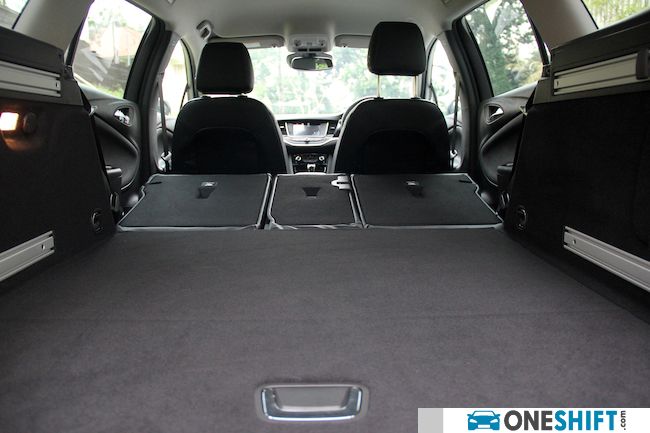
But really, which is the better car here? It is subjective, but the Golf to me is a prettier car on the outside, the panoramic sunroof and rear air conditioning vents makes this a treat for a family drive. The 7-speed DSG is a very addictive transmission to use, and boot space is quite a bit larger. On the other hand, the Astra does have the use of more torque and power, by quite a bit. The smaller rims may not look as pretty, but the car is overall more comfortable. The automated tailgate is really the feature which steals the show.
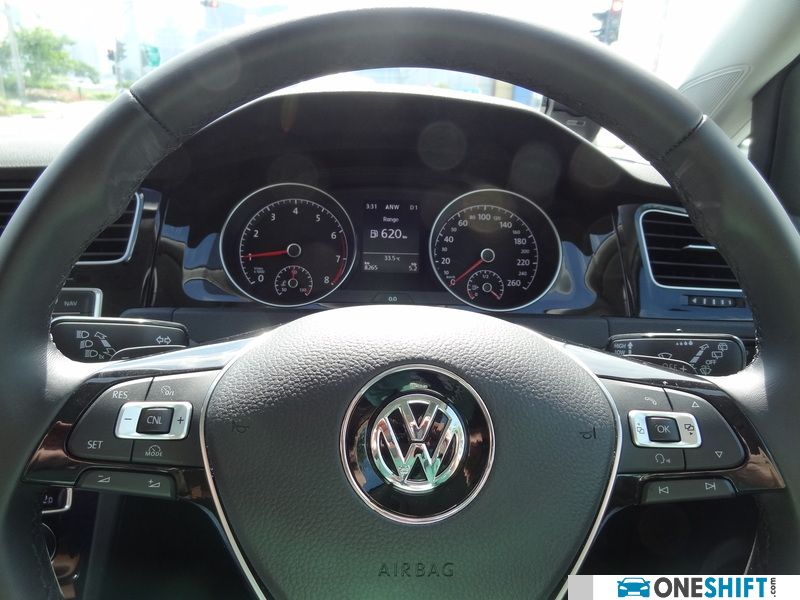
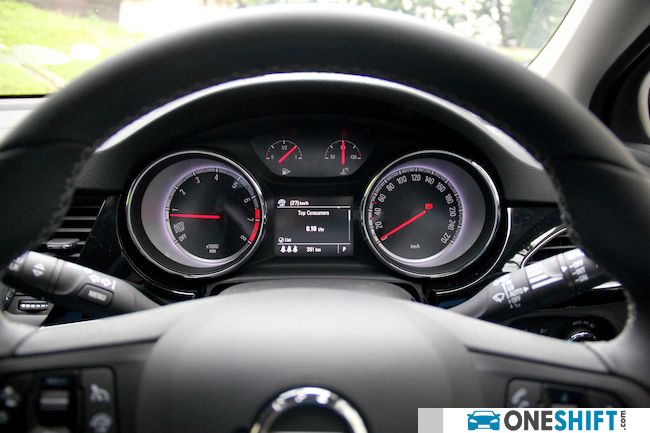
Utility is really the game, if that is what you want. And while the Golf does shine in terms of space, it does lose out when it comes to loading and unloading the car, due to the lack of the automated tailgate. The Astra in our eyes does win here, but it is really just be a very fine hair.
Credits:


Get the Best Price for your used car
from 500+ dealers in 24 hours

- Convenient and Hassle-Free
- Consumer Protection
Transparent Process
With No Obligation
